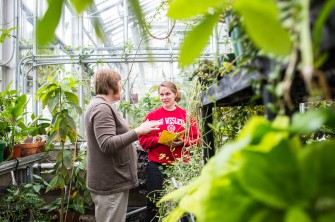
Moore Greenhouse
OWU’s greenhouse has two rooms available for students, a tropical and desert room. The greenhouse is used for teaching classes, but you can use it for independent research.

The Environmental Studies major at Ohio Wesleyan provides a broad, cross-disciplinary approach to the environment, encompassing the natural and social sciences, arts, and humanities. The program consists of nearly 50 courses taught by over 20 faculty throughout the university.
Environmental Studies majors are exposed to ideas across the curriculum through lecture, laboratory, seminars, field and library research, and an intensive exposure to the digital world. Students gain perspectives crossing disciplines and regional boundaries all while studying the management and solution of environmental problems.
Environmental Studies majors work together with other students, faculty, staff and community members through diverse projects. These student-initiated projects put theory into practice with real-world impact. Some include waste-reduction through May Move Out, reusable food containers, promoting reusable water bottles with hydration stations, and more.
For much more information on sustainability and environmental efforts at OWU, see our Sustainability and Environment Blog.
You can put your learning into action, by developing a sustainability project on campus, in Delaware, or throughout the world. Students chose locations to conduct their research and collect data to investigate solutions to real-world problems.
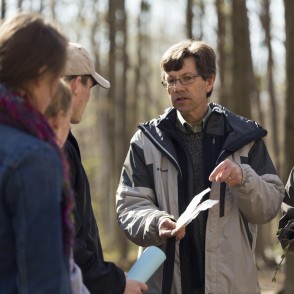
Environmental Studies faculty and students are developing a “Sustainability Region” encompassing OWU and Delaware. Research locations inside the region monitor environmental data and research projects which immerse students in real field work.
From your first year on campus, you can travel away with Travel-Learning Courses, a key part of the OWU Connection.
Take the material you learned in class and journey off to where it matters. Maybe it's Costa Rica to collect data on the relationship between human and environmental systems. Or maybe Alaska to measure how plants change in response to global changes. Or you could propose your own.
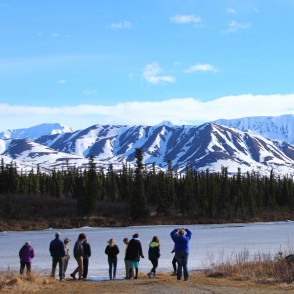
Students journeyed to Alaskan tundras to study how plants and ecosystems respond to global climate changes.
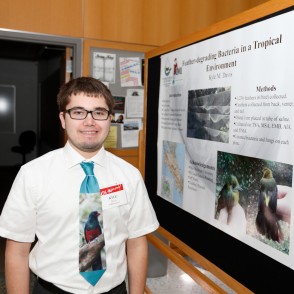
Kyle Davis '19 spent his 2018 summer researching feather-degrading bacteria on tropical birds in Costa Rica.
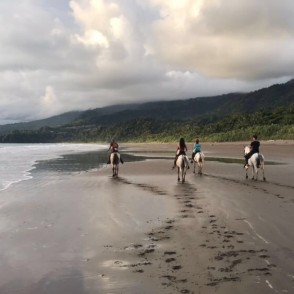
After a semester of gathering local Delaware environmental data, students traveled to Costa Rica to further study the human-environmental relationship.
Build your experience and connections to the professional world with internships at local wildlife centers, universities, and more. Through connections with OWU faculty, students can gain experience and skills in the field with valuable internships and work.
Students also have received University-funded Theory-to-Practice Grants for research projects from Chile to Australia to Ecuador.
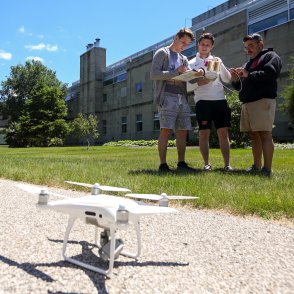
Jay McConkey ’23 (left) and Gram Dick ’22 (center), working with Associate Professor of Environment & Sustainability Nathan Rowley, used a drone to calculate the amount of sunlight falling on rooftops of campus buildings in the summer and winter. Their calculations could be used to determine the most effective spots for solar panels.
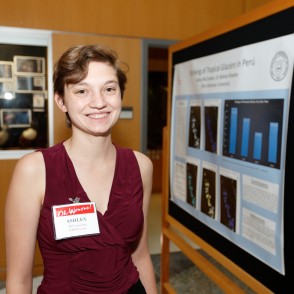
Ashley McCracken '19, along with Dr. Nathan Rowley, used ArcGIS software and satellite images from the last 20 years to map out estimated glacial area change over time in Peru.
OWU faculty are outstanding scholars and researchers—and passionate teachers. They will push you, challenge you, inspire you, and work with you on your own research and creative projects.
They can even pack a 3-minute lecture with ideas, insight, and imagination. Check out our unique I³ lectures.

OWU’s greenhouse has two rooms available for students, a tropical and desert room. The greenhouse is used for teaching classes, but you can use it for independent research.
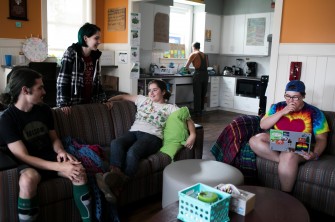
One way students make campus home is by living in Small Living Units (SLUs). These colorful homes are themed so the dozen residents of each SLU live with neighbors of the same interest.
Tree House, one of the popular SLUs, houses students with an eco-friendly mindset and lifestyle.
The Environment and Wildlife Club teaches environmental responsibility. The club hosts speakers and educational programs.
The Kraus preserve is 80 acres and the Bohannan preserve is 54 acres. Students and faculty use them as outdoor labs and for research.
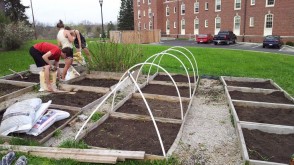
Plotted right beside Stuyvesant Hall, the community garden provides food for students and locals in need.
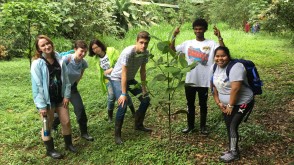
Collecting climate data in Delaware, Ohio and Costa Rica, students observed first-hand the human-environment relationship locally and globally.
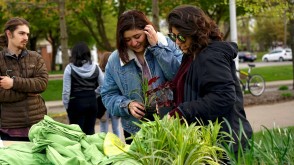
OWU's student-run Environment and Wildlife Club is dedicated to educating students about the planet and helping OWU be a little greener.
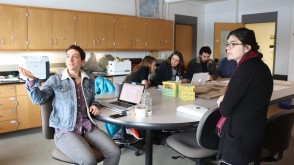
Students worked together to create a 40-page document outlining official green initiatives across campus, including rain gardens and reduced waste.
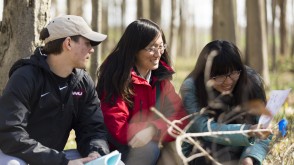
Sometimes your 9 a.m. may be in the Science Center, sometimes it may be in the local woods.
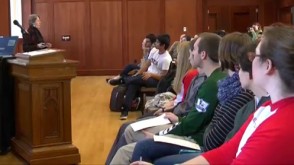
Rainforests, cloud fountains, and the flying river of Brazil